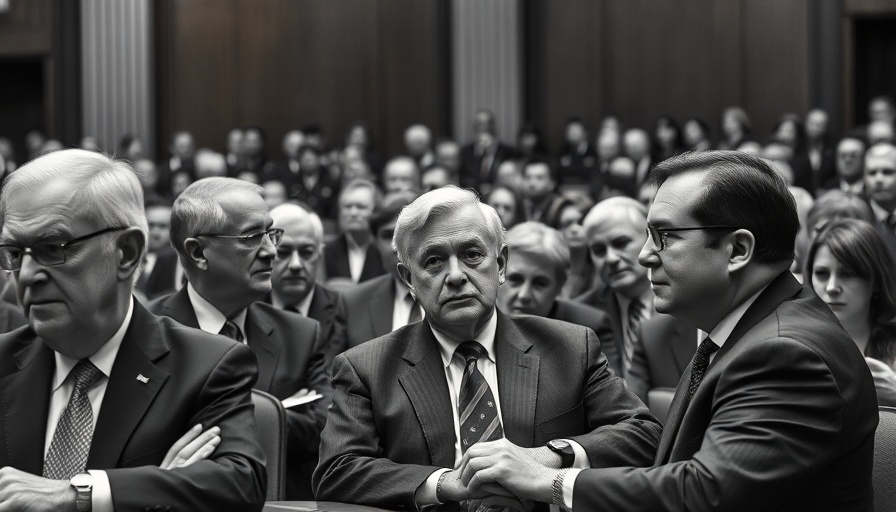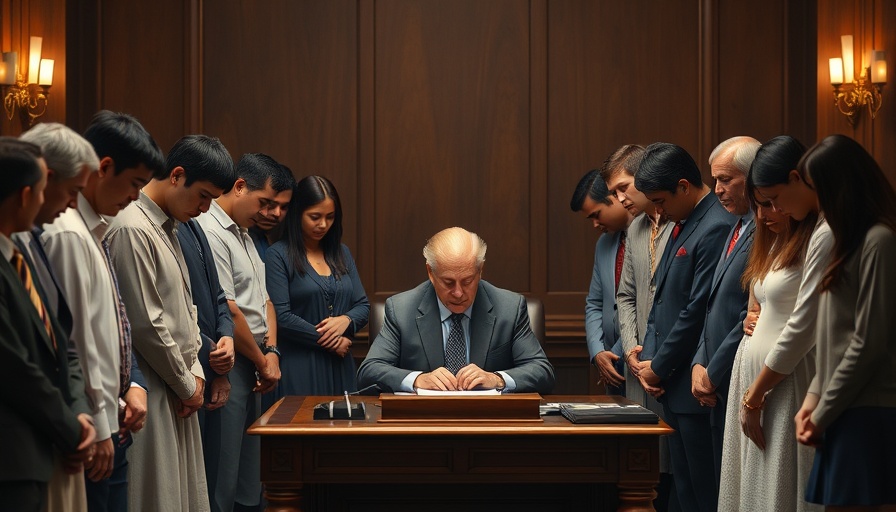
The Political Landscape of Texas: A Deep Dive
Texas has emerged as a political fortress for the Republican Party throughout the 21st century, with an unprecedented concentration of power among a select few individuals. With only two governors, lieutenant governors, and attorneys general elected in over two decades, the state's political scene reflects an era defined by entrenchment and the consolidation of authority.
Understanding the Entrenchment of Power
The current dynamics within Texas politics reveal a startling trend: the state has reverted to not just a one-party system but a carefully curated hierarchy dominated by a few politicians. Governor Greg Abbott and Lieutenant Governor Dan Patrick have not only maintained their positions but have utilized their long tenures to reshape state governance according to their vision. Abbott’s ambition to implement school vouchers, something his predecessors struggled to achieve, symbolizes a desire to leave a lasting impact. His potential fourth term in 2026 could make him the longest-serving governor in Texas, surpassing Rick Perry's previous reign.
This Isn't Your Typical Political Landscape
What’s particularly noteworthy is how this consolidation of power has stifled the movement within the ranks of the GOP. Typically, lower statewide positions would serve as stepping stones to higher office; now, making a move often requires an ambitious Republican to challenge a fellow party member. This is a high-risk strategy—one exemplified by George P. Bush’s failed attempt to oust Attorney General Ken Paxton, which has left his political career in jeopardy.
The Future of Ambition in Texas Politics
The landscape is changing, however, as positions like the Texas comptroller, agricultural commissioner, and land commissioner become battlegrounds for aspiring politicians. Glenn Hegar’s recent departure to become chancellor of the Texas A&M University System illustrates this shift, with new opportunities for rising stars in the Republican Party creating a competitive atmosphere. The upcoming 2026 elections already show signs of a turbulent race as candidates vie for Hegar’s former role, indicating a potential shift in the fabric of Texas politics.
Stirrings of Change: Are We on the Cusp of a New Era?
Despite the evident consolidation of power, political observers are beginning to speculate about potential shifts in the Texas GOP as ambitions clamor against the established hierarchy. The question remains—is the hold that Abbott and Patrick exert over Texas politics strong enough to withstand growing dissent from within their party?
From school vouchers to primary campaigns, the next few years will be pivotal for the political landscape in Texas. Understanding these nuances is not only valuable for voters and constituents but also critical for business leaders who may be influenced by the policy decisions made at the top.
Why Business Leaders Should Care
For business owners and leaders in Texas, the political climate mediates the operational environment more than ever. Policies on education, healthcare, and economic initiatives can directly translate into opportunities or challenges for business growth. Staying informed on these developments equips business leaders with the foresight needed to adapt and thrive.
Conclusion: Embrace the Change
As the Texas GOP prepares for a potential wave of internal change, business leaders must consider the implications of a shifting power dynamic. In essence, today’s political developments can shape tomorrow’s economic landscape. Keep an eye on how the ambitions of Texas politicians play out, as they will inevitably influence the direction in which Texas business heads.
 Add Row
Add Row  Add
Add 




Write A Comment